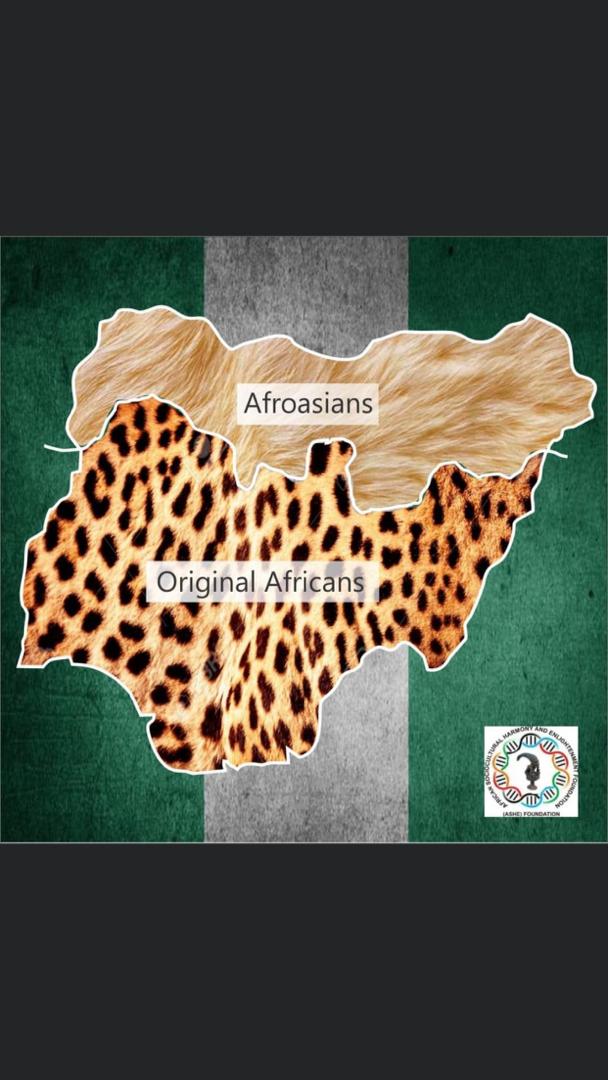Oduduwa (SW-Yoruba), Olokun (SS-Ijaw/Edo), Obatala (SE-Igbo) Ogun (NC-Igala/Kwararafa).
Until Indigenous Nigerians that form 70% of the population articulate their Original African civilizational identity from their own perspective and words, they won’t be able to idenfiy and unite with their natural strategic partners to make Nigerian rise to achieve global greatness.
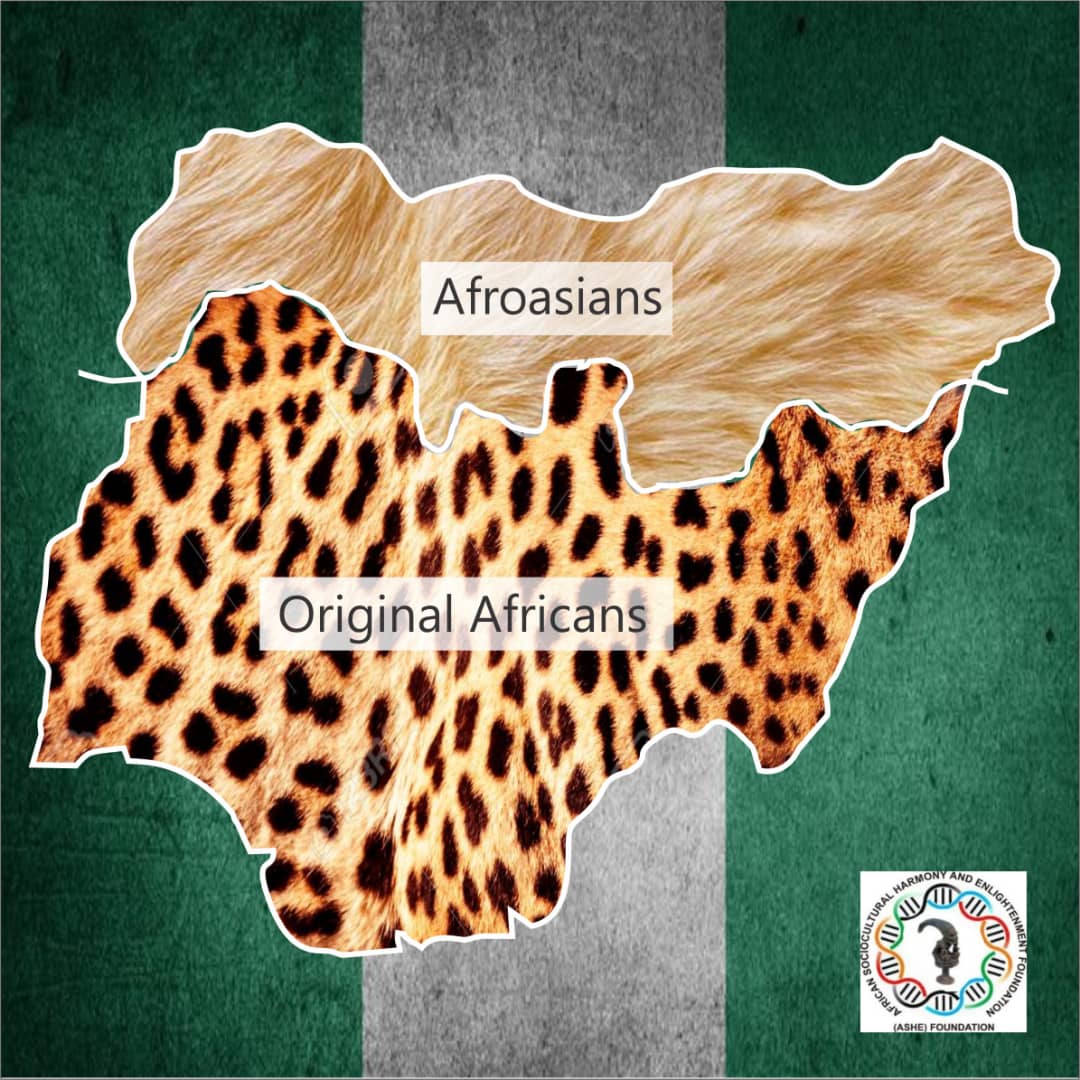
I have previously written about the defeatist anomaly of defining ourselves as North and South, according to European and Afroasiatic definitions that don’t take into account that the geographical center is South Kaduna and not SW Osun and SE Enugu states below Niger-Benue Rivers. Nor does their definition of North-South take into account the cultural boundaries of the two civilizations – Original African and Afroasiatic – along South Kaduna and Northern reaches of the Middlebelt.
Normally when a civilization takes over another cultural sphere, it discards the Indigenous names and structures and replaces them with its own. The European colonists renamed rivers, towns, mountains and other sociopolitical constructs in their own languages. Afroasians also do the same as we see them rename Original African towns and villages taken over across the Middlebelt. They even rename entire ethnicities like the Apa renamed Jukun, Tiv as Munchi etc. Even the word Yoruba has provoked controversy on whether it’s not Afroasiatic in nature since such word can’t be found in Ifa, their knowledge bank.

The practice of renaming is cultural imperialism aimed to distort a peoples genetic and cultural origins and linkages. Though the tribal language and traditional institutions can continue to unite them inspite of their names changes, it obscures the groups genetic and cultural linkages with other groups in its civilization and fosters a Pan Tribalistic perspective.
Having existed for 87,000yrs as Yorubas (S. Mallick 2016), according to genetic and cultural evidence, it is insulting to believe Yorubas didn’t have names and perceptions of other groups and rivers in the West African subregion despite obvious historic interregional trade of kola, salt, food and other foods. We know that what was renamed River Niger by European colonists was previously known as River Oya in Yoruba. So do most names of other groups mean something in each others language, especially considering that the Niger Congo ethnolinguistic family is a continuum of dialects that spread all the way to Gambia and South Africa.
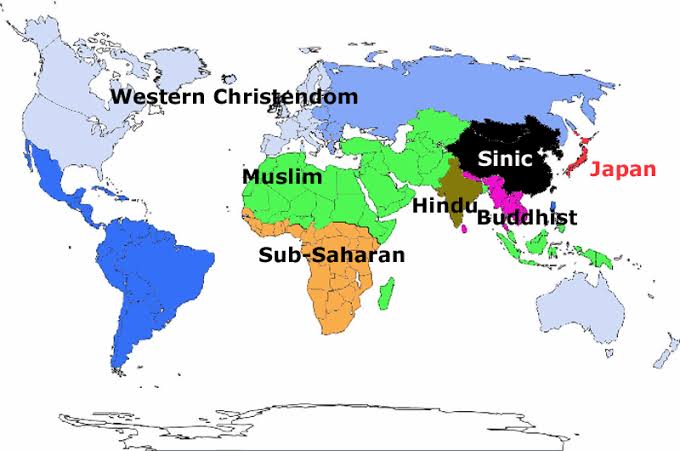
The word Igbo in Yoruba usually refers to people of the forest. Though Yoruba might not mean anything in Igbo, Yorubas main spiritual essences have meanings like Oduduwa meaning spiritual leader of world, and Obatala meaning Oba ti Ala, Igbos main goddess of land and Earth. According to some accounts, Ijaw is the anglicized form of the Yoruba name Ojo (Alagoa E. J. 1964), while the Jukun whose origin name was Apa means arm/branch in Yoruba.
The similarities are not just linguistics inferences but some versions of their mythology show a cultural Linkage. Jukun royal accounts recall a divergence between Yoruba and Jukun, while an Ijaw historical account (Woyengidinikpete G.Y. 2006) claims Ojo/Ijo was the first son of Oduduwa sent to explore riverine Delta off the evolutionary spot called Ife Ooyelagbo. Some Igbo accounts also claim to have resided in Ife at a point time. Igala also have shared histories with Yoruba, Igbos, Nupe as well as Kwararafa and the entire Middlebelt.

Unfortunately, neocolonist scholars of Afroasiatic and Europeans civilizations raised a fuss when Ooni of Ife, Oonirisa Adeyeye Ogunwusi, the co-chairman of Nigeria Traditional Councils, alluded to the obvious fact that Igbos were tied to some Yoruba spiritual essences. Though backed by scientific and simple logical evidences, he reached into Ifa to back his claims.
In addition to scientifically proven genetic and linguistic linkages, it is a fact that all the South and Middlebelt groups evolved their respective social organizations on what is known as the African Information Retrieval system, Ifa-Afa-Iha-Eha-Fa, a 16 sector knowledge bank that made them share similar philosophical and spiritual foundations. This shared advanced social organizational template effectively makes them a bona-fide civilization instead of a culturally blind definition of Sub-Saharan tribes.
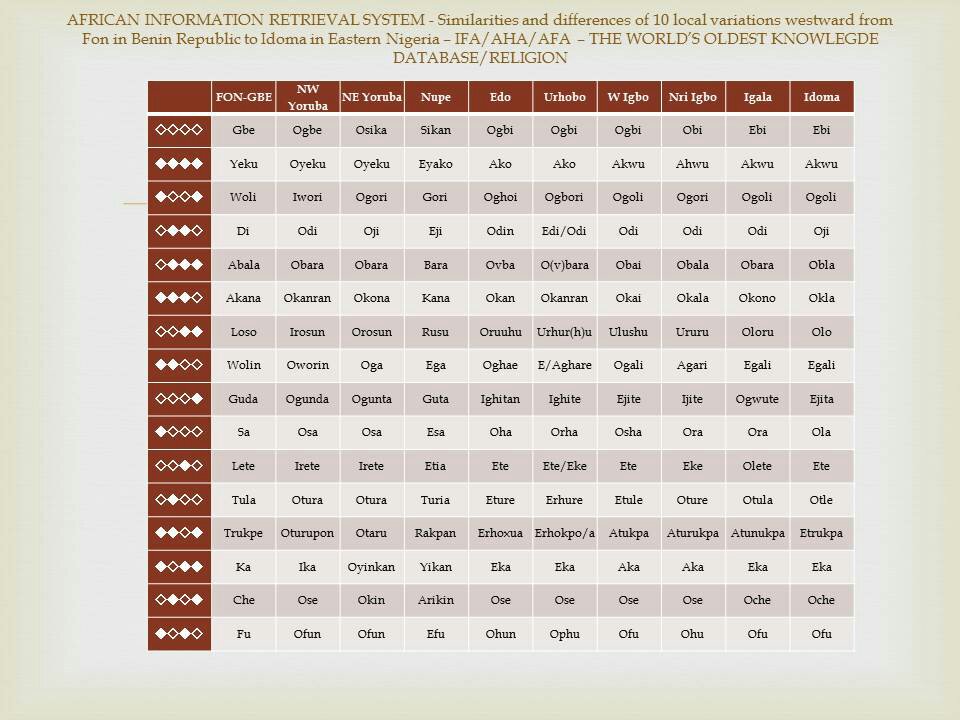

Being tens of thousands of years older than other races, from the observation of natural laws Ancient Africans conceptualized natural phenomenon as cyclical spiritual and philosophical essences, which Yorubas call Orishas, Igbos called Alusi etc. Yorubas tied sectors (Odus) of its Ifa corpus to Orishas, and its mythology claims all sixteen Orishas were sent to Earth about the same time.
Every Yoruba town has its own signature Odu that represented its identity. It is also claimed that Ogun, the essence of metallurgy, was the one that cleared the paths and routes for dispersal of humanity, backed by Ifa communicated through Esu, the essence of information and analysis.
Due to age and foreign civilizational influences, African oral traditions have to be supported scientifically for it to regain its authencity and acceptability in the post-modern world of scientifically minded youth. From the global comparative DNA analysis, the genetic values showed Yoruba with the highest genetic value of the Niger Congo ethnolinguistic family followed by Igala, which is followed by Igbos, as the change genetic values shows the dynamics of divergence all the way to South Africa.

The late Attah of Igala HRM Oboni Ameh confirmed that Ifa led them to their present location in Idah. Not only has the oldest Iron smelting mine being found to close by Nsukka, the largest Iron deposits of Ajaokuta is also in the area. From the Yoruba version of the Original African Information Retrieval system, Igala and Kwararafa peoples, known for their fearsome battle ready abilities, could be best regarded as Ogun, or Odu Ogunda, especially their migration and settlement with Oguns weapons.
On the coast known as South South region, the Edo and Ijaw have pronounced essences of Olokun, the essence of the ocean. Though we now know that Orishas are recurring cyclical essences, and that Oduduwa is a recurring leadership essence that inspired the beginning of humanity and several different levels of evolution and global consciousness, Edos, with their strong Olokun essence, claim of being the source of the last Oduduwa that led the Original African civilizational evolution from theocracy to monarchy in the outgoing Olokun Era.
Some historic accounts state Igbos were present in pre-dynastic Ife and were tied to the Obatala essence before leaving.. This ties with other accounts, as they were already settled in Ndigboland as the theocratic Nri civilization with Ala, the essence of land being at the forefront, before led into the monarchy phase by Olokun Edos that Crowned the Obi of Onitsha and other Obis. The Igbos spread southward, after waning of the Nri civilization of Northern Igboland, to create the Arochukwu during the Middle Ages transatlantic slavery period.

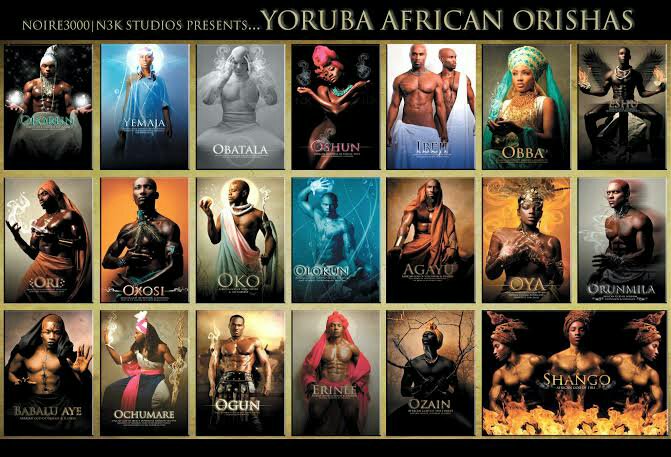
Though more information is required from the knowledge banks of the other Original African groups of South and Middlebelt, Yorubas definition of its close cousins according to Ifa and Orishas philosophical and spiritual essences would regard the 4 Original African regional civilizational pillars to be Oduduwa for Yoruba of the Southwest region, Olokun for the Edo(Ile Ibinu) and Ijaws of the South South region, Obatala for Ala Igbos of Southeast region and Ogun for the Igala, Nupe, Gwari, Adara and other Middlebelt peoples of the Northcentral region and Southern NW and Northeast regions, where the likes of the Jukun launched wars to keep off Afroasiatic invaders and the Nupe first launched the first debilitating war against Yorubas.
As previously stated you must be mentally enslaved to believe that ancestors of every Southern and Middlebelt group didnt observe and label other peoples and geographic landmarks in their regions, when there was obvious interregional trade of salt, kolanuts, food and beads among them.
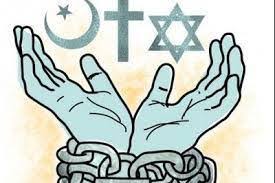

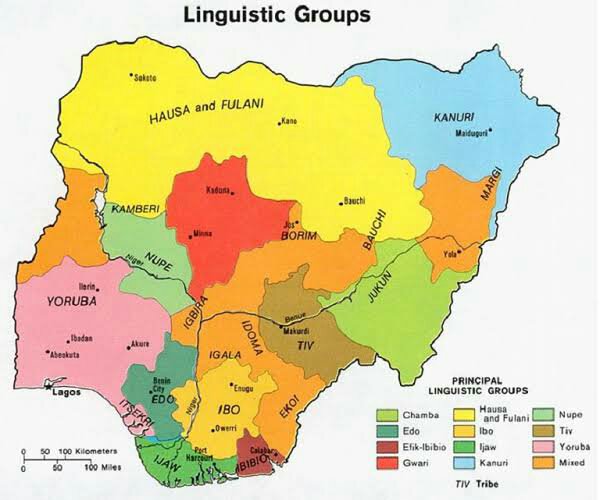
Unfortunately, the mental slavery and cultural disorientation of South and Middlebelt has resulted in their inability to create their own civilizational powerbase to challenge the arrest and exploitation of their economic and political development by Afroasiatic and European civilizations.
With no tribe more than 20% of the total population, only the Fulani, Kanuri and others that unified their Afroasiatic civilization were able to build a hegemonic powerbase. Original African groups that couldn’t articulate and unify their civilization made them dependent on the Northern Afroasiatic hegemony to get power beyond their regions.

